FORT HOOD, Texas, May 13, 2011 -- Active duty and National Guard Soldiers are training with 139 Dutch soldiers as part of a combined effort to benefit both forces.
The Dutch 11th Air Mobile Brigade is working with Fort Hood's 21st Cavalry Brigade and Company C, 1st Battalion, 131st Aviation Regiment, and an Army National Guard aviation company from North Carolina, during a 31-day exercise that includes leadership development, field first aid, static loading and other infantry and air assault common tasks.
"There's a chance we may be working with other coalition forces, or we may support state department missions," Chief Warrant Officer 2 Martin Gottholm, an air mission commander with C Company, said as his unit trained for its second deployment to Iraq. "It's always good to work with other nations to see how they plan and compare it with how we plan. Hopefully, we take away good things from each other."
The 1-131st will transport cargo, equipment and troops in support of Operation New Dawn. Flying the Dutch troops to and from missions in remote, unimproved areas of Fort Hood was real-world training for the Americans.
"We're always looking to support a ground unit doing this type of mission, because this is the type of mission the units we train will be doing in Iraq and Afghanistan," said Capt. Brian Miles, training officer of the 166th Aviation Brigade's 1st Battalion, 337th Aviation Regiment.
The 166th trains all National Guard and reserve component aviation units, which comprise 47 percent of all Army aviation assets, before they deploy overseas. Sometimes, Miles said, the deploying aviators plan and execute training missions without getting to transport actual people.
"If we can get a ground force, it makes it a lot more realistic," Miles said. "It's a lot better if you use real troops."
Dutch Capt. Job Verberg, Apache pilot, said this is the first time they have trained with ground forces.
"It's actually a boost having them on the ground training, and it's a lot more realistic," he said.
The Dutch soldiers said they appreciate not only the expertise and assistance of the American aviators, but the sheer size of the Fort Hood training area.
"There's so much space for us," Dutch Sgt. 1st Class Vincent Westra, a training evaluator, said. "The villages in the training areas are really well built-up. And there are a lot of helicopters here, which we don't have in the Netherlands. That's why we train here, to have all the assets, to incorporate the American air crew with our Dutch troops on the ground."
"(In Afghanistan and Iraq), we had to work together with the American Soldiers, English soldiers and French soldiers," he added, "so it's really important to train in an international way. This is real life."
Dutch soldiers, who went through the Medical Simulation Training Center with the 21st Cavalry Brigade, said they were particularly impressed by the realism and intensity of the course.
"It was hot and heavy training," said Dutch Sgt. Erwin Maat, Company A, 13th Infantry Battalion, 11th AMB, who acted as platoon sergeant for the simulation. "It was good for team building, and coming from the Netherlands, we're not used to this kind of heat, so it helps prepare us for different environments."
Maat led his platoon through an obstacle course as they tended to wounded and moved a casualty to safety while scaling walls, reacting to improvised explosive devices, dealing with local nationals and communicating for medical evacuation.
At the same time, many Dutch troops were pushing through training at the Leadership Reaction Course, using limited tools to scale obstacles and cross over bodies of water.
"Even though the training program is set up primarily to aid the Dutch, it also helps U.S. forces involved by providing new perspectives and showing them simpler ways of approaching a problem," Col. Morgan Lamb, 21st Cavalry Brigade commander, said.
Dutch Lt. Col. Emco Jellema, commander of the Joint Netherlands Training Detachment, or JNTD, said his unit couldn't have done this without the help of the 21st Cav. Bde. For the past six years, Jellema has commanded the JNTD, which falls directly under the 21st Cav. Bde.
"The focus at Fort Hood is to just make it happen," Jellema said. "The mindset is to give the best possible training anywhere in the world."
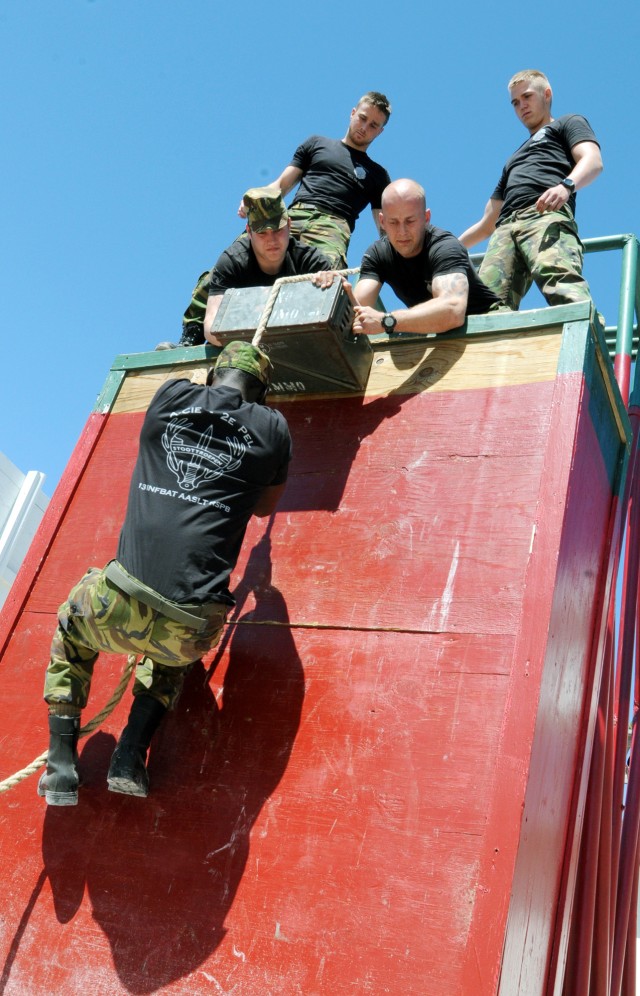
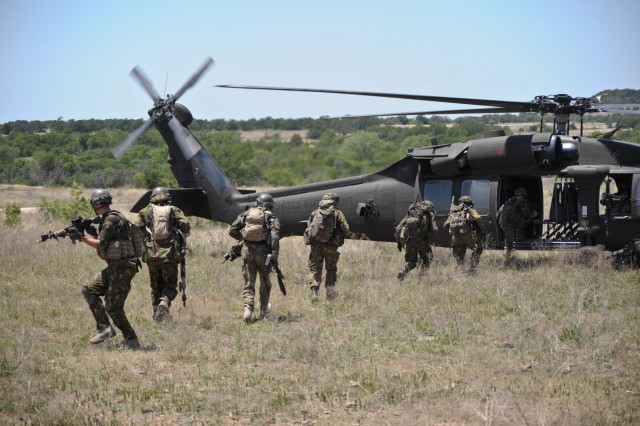
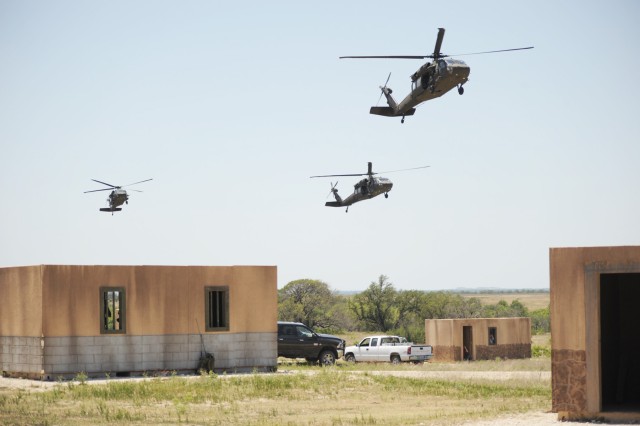
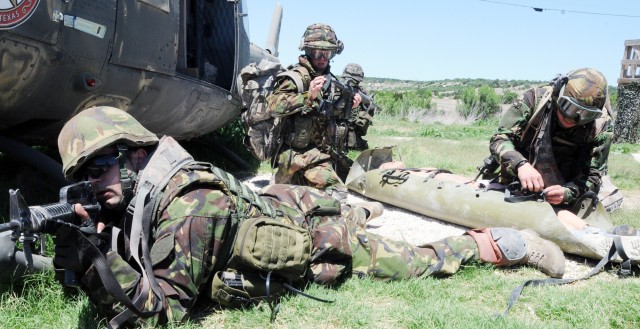
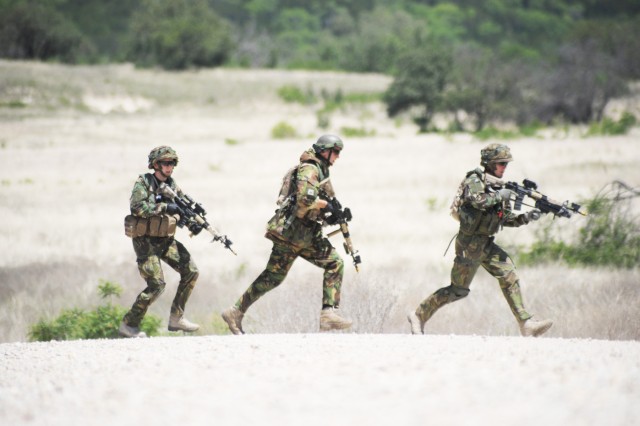
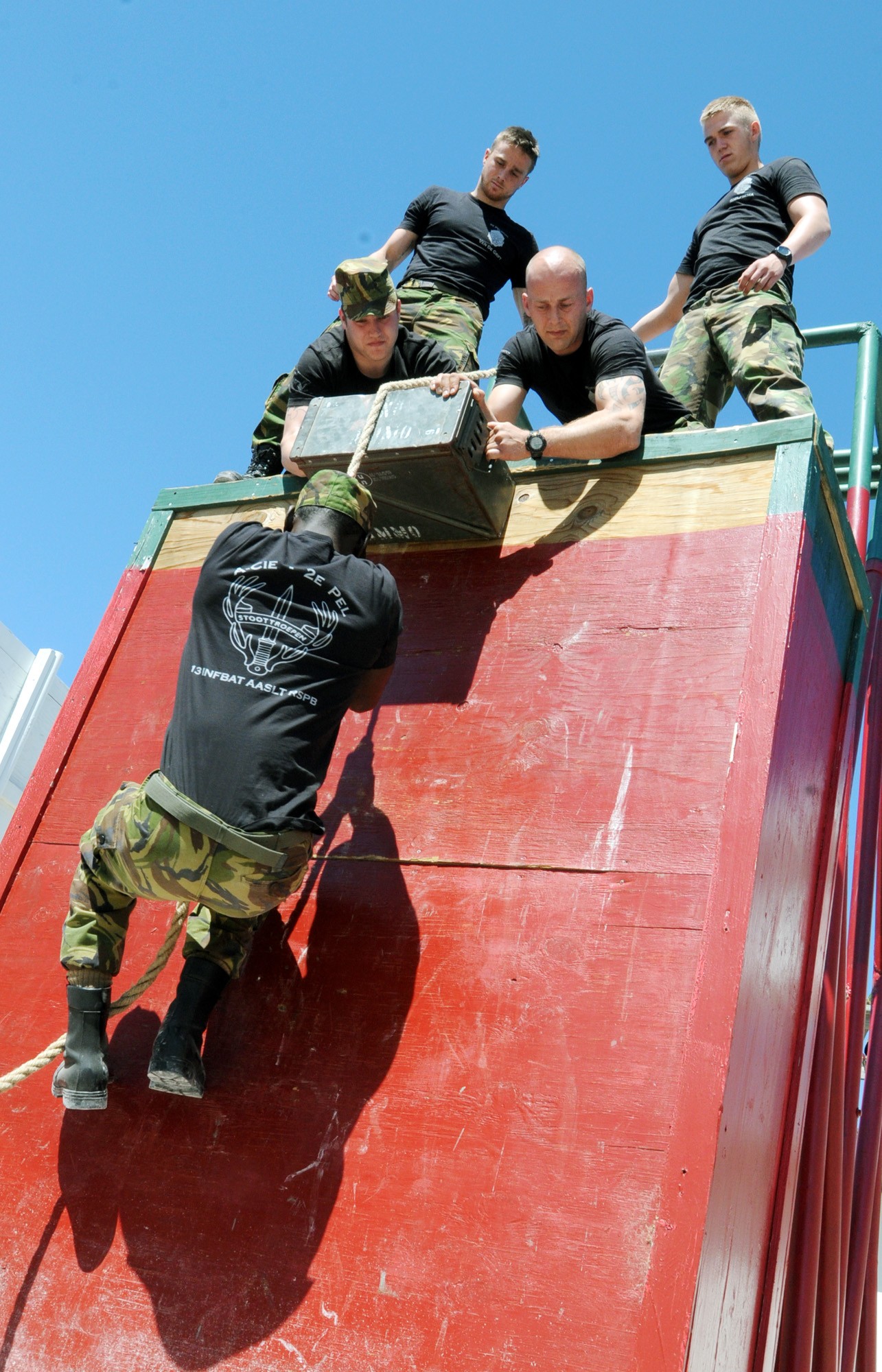
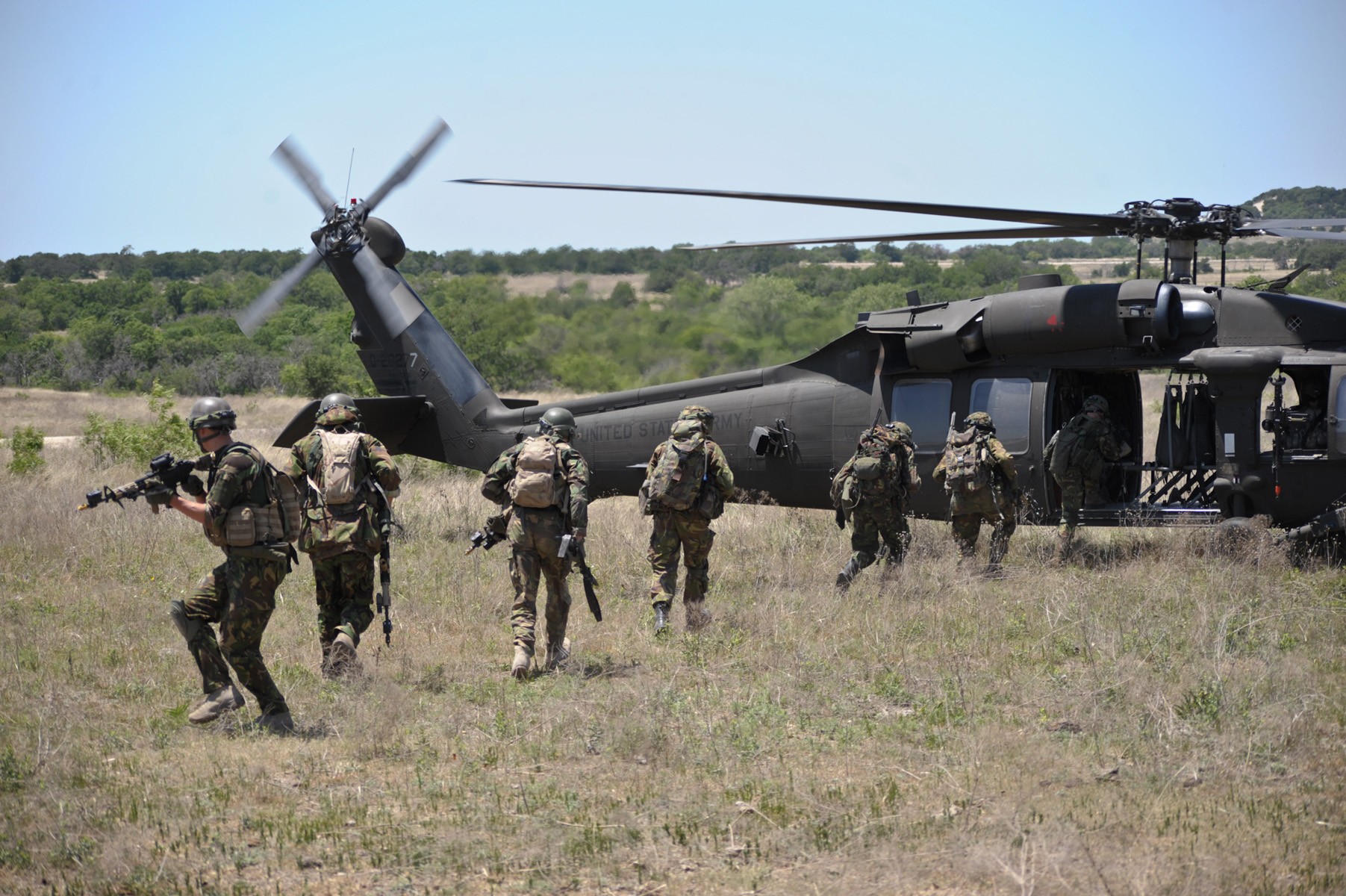
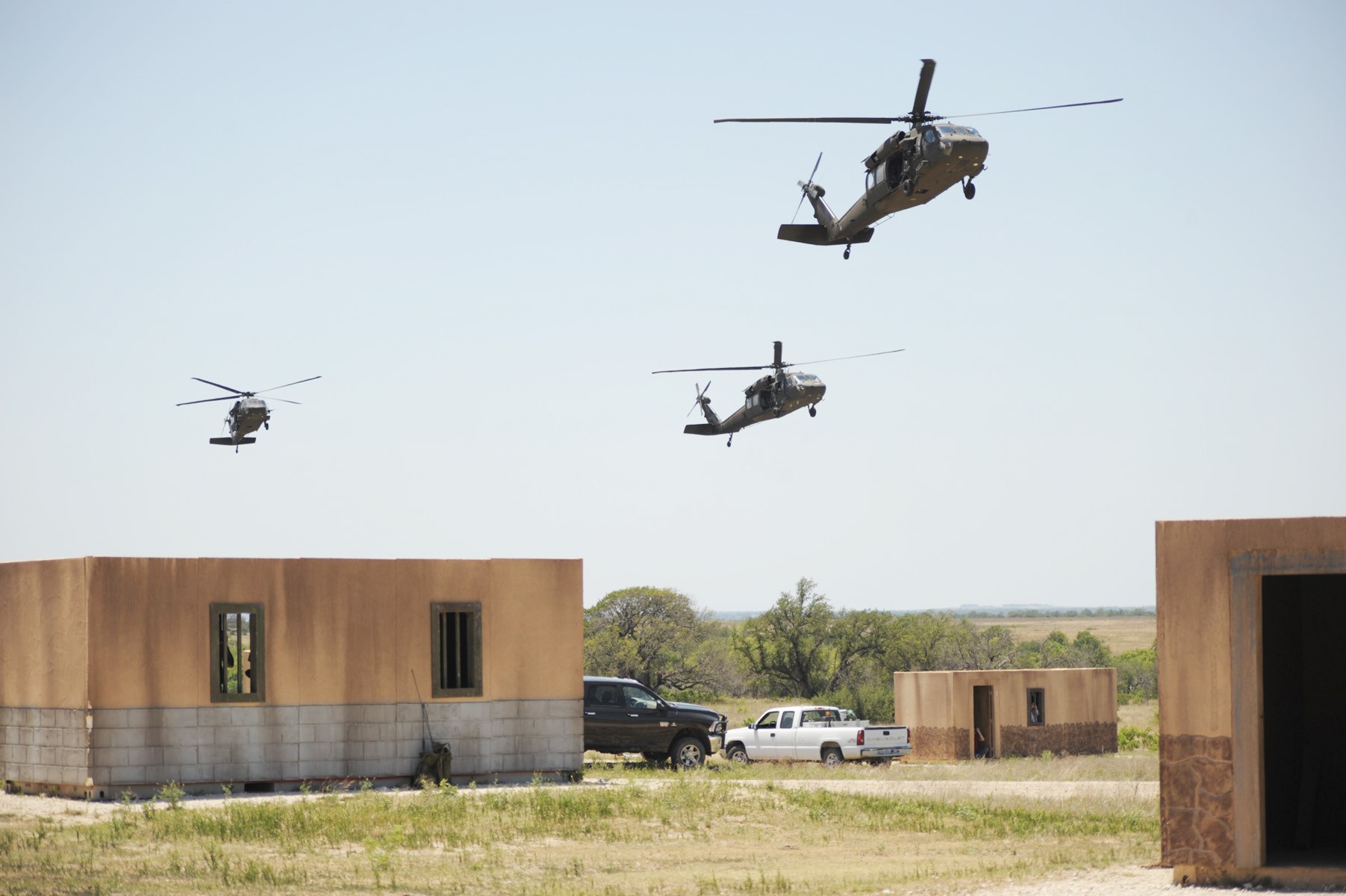
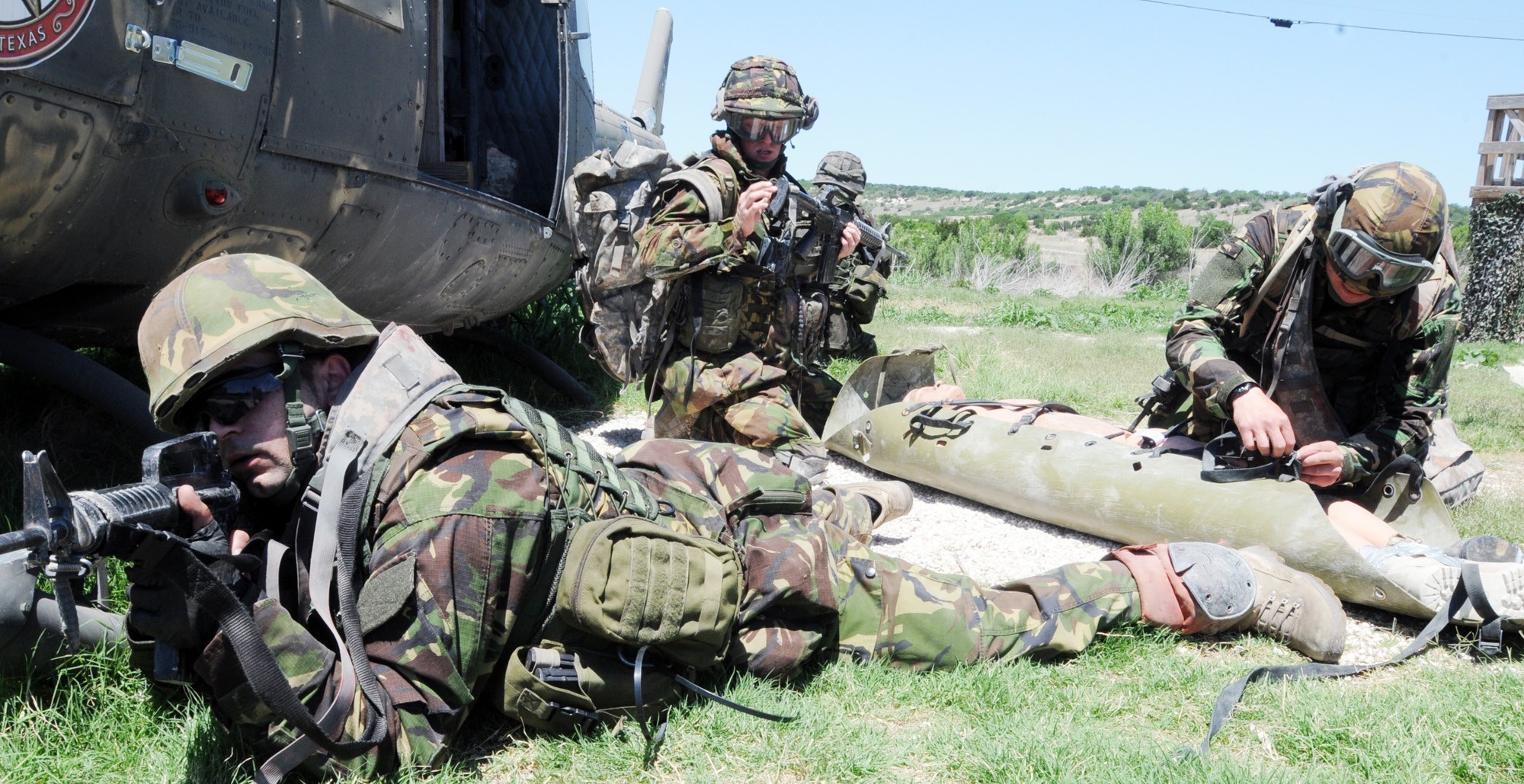
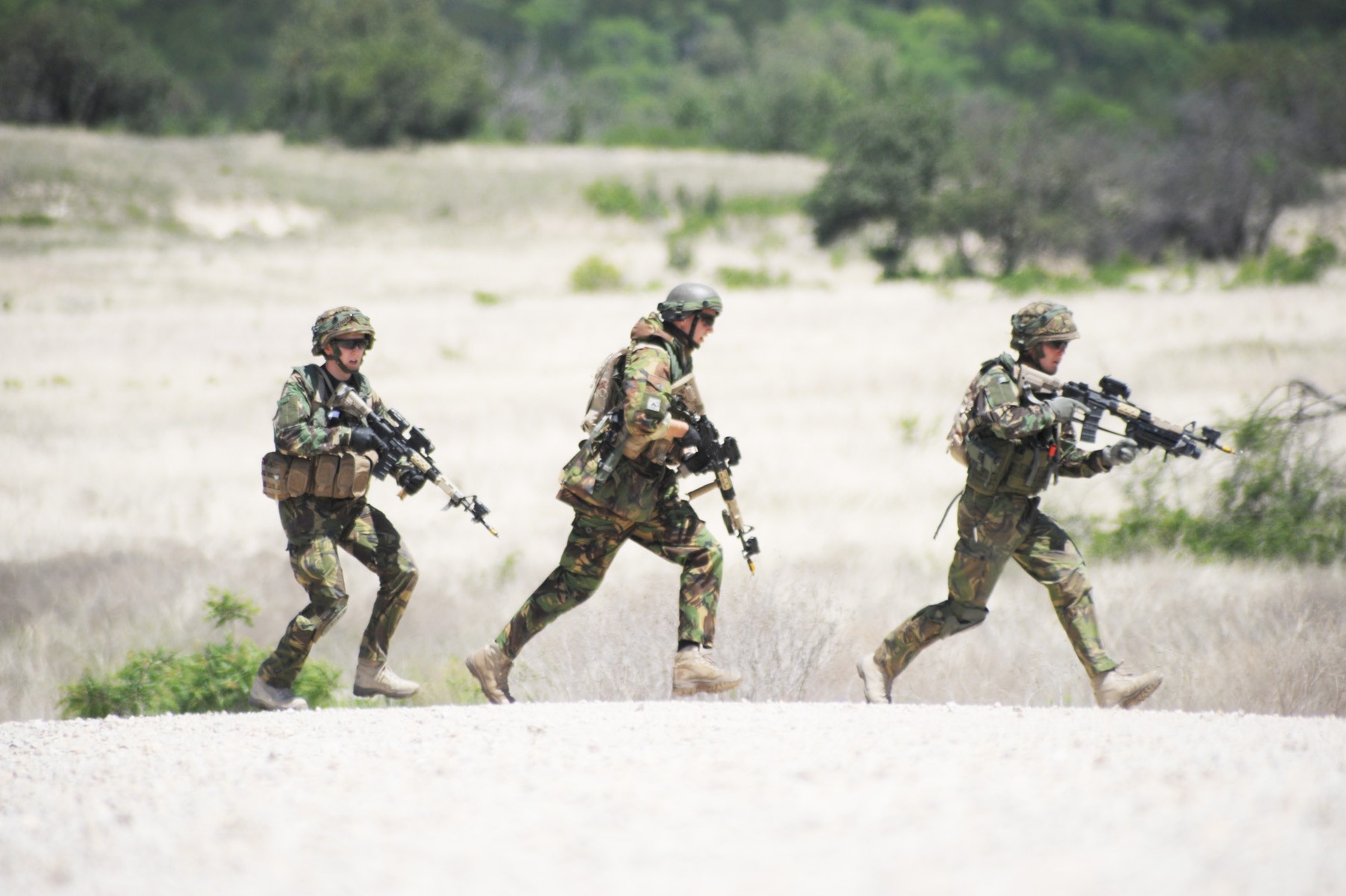
Social Sharing